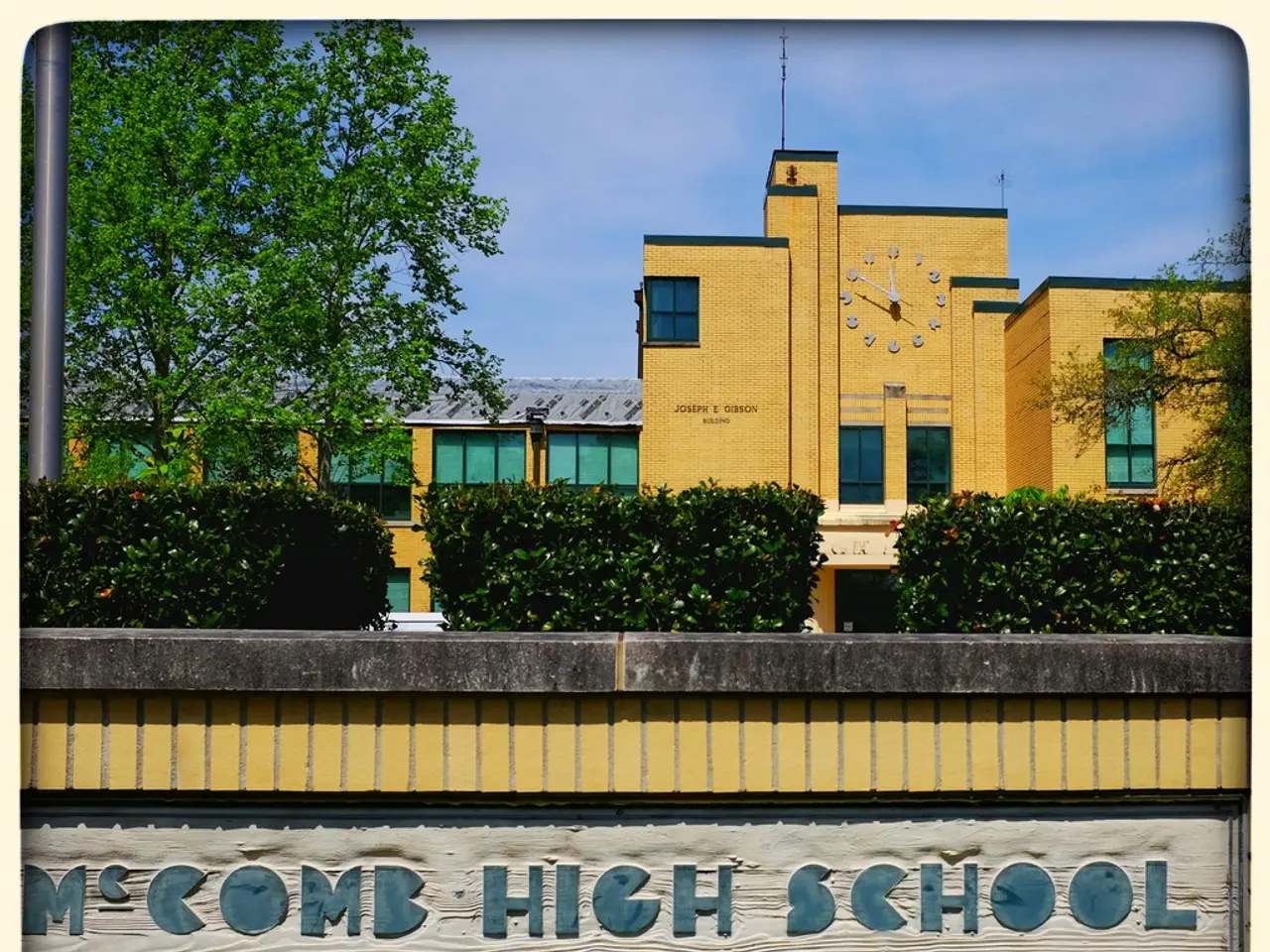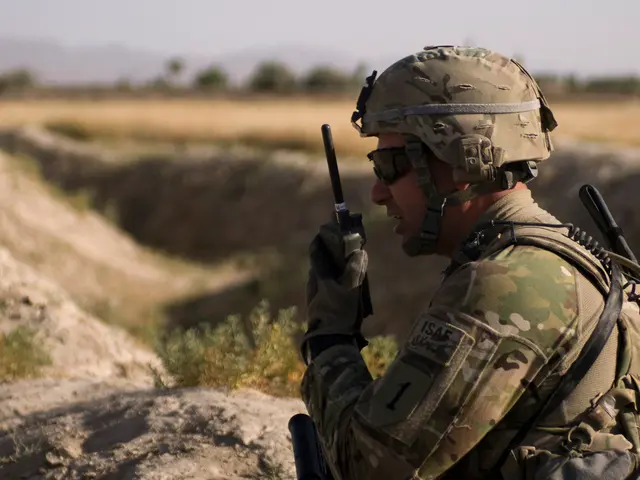Students Transform Into Inventors Through InvenTeams Program
The Lemelson-MIT InvenTeams Grant Initiative, established in 2006, has been a transformative force in the lives of high school students across the United States. This extracurricular invention program encourages students to tackle real-world problems, fostering a hands-on approach to STEM education.
In 2018, a team from Garey High School in California developed a sensor device to monitor foot health in diabetic patients and prevent amputations. Their innovative solution was presented at the program's capstone Eurekafest event at MIT, where they shared their work with lawmakers and showcased their invention to the public.
Similarly, a team from Calistoga Junior/Senior High School focused their invention on keeping firefighters and agricultural workers cool in hot working conditions. Over the course of 12 months, they developed a prototype cooling system, filed a patent for their invention, and presented at MIT. Their hard work earned them recognition beyond the school level, including a selection as finalists in the student SXSW Innovation Awards.
The presentations at Eurekafest are open to the public and feature live demonstrations of the students' inventions. This year's event, held annually in June, brought together teams from Lubbock, Texas; Edison, New Jersey; Nitro, West Virginia; Cambridge, Massachusetts; and other locations.
The InvenTeams program provides $7,500 grants, mentorship, and technical support to help students turn their ideas into reality. Students select their own problems and invent their own solutions, with many going on to file patents for their inventions. This process often leads to an increased sense of confidence and interest in STEM subjects among participants.
Edwin Marrero, the interim invention education manager of the Lemelson-MIT program, believes that invention education makes STEM subjects relevant to students and increases their motivation. He emphasises that the program's curriculum spans from kindergarten to the first two years of college, providing a comprehensive approach to STEM education.
Since the program's start, InvenTeams have been granted 19 U.S. patents. One notable example is a team of students on the autism spectrum who developed a treadmill device for detecting lameness in cows. Their invention not only showcases the program's impact on students but also highlights the potential for these inventions to make a real-world difference.
In conclusion, the Lemelson-MIT InvenTeams Grant Initiative has had a significant positive impact on high school students by boosting their STEM confidence and engagement through hands-on invention projects. Students supported by the program develop their own invention ideas addressing real-world problems, build prototypes, and often file patents, which increases their interest and confidence in STEM fields and can even alter their career paths. The initiative provides grants, mentorship, and technical support, culminating in presentations at MIT and public showcases like EurekaFest.
[1] Lemelson-MIT InvenTeams Grant Initiative
[2] MIT News: High school students tackle real-world problems through InvenTeams program
Read also:
- Ontario falls short by a small margin in delivering the goal of four hours daily care for long-term care residents.
- "Thrilled response" from animal rights organization following cessation of canine testing at London, Ontario healthcare facility
- Altruistic zeal and a drive to instigate beneficial transformation
- Is it secure for individuals with dementia to consume ice cream?







